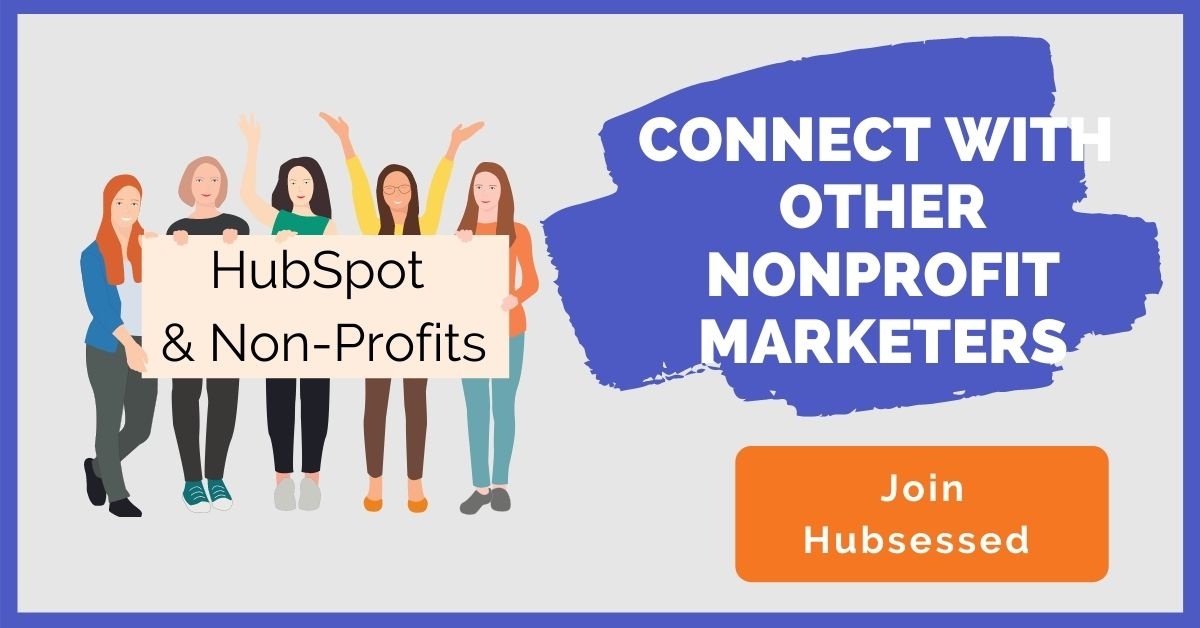3 Ways to Go Deeper With Your Nonprofit Membership Data Analysis

Managing your non-profit is all about member engagement. While your focus may be on the frequency of donations and volunteering, member engagement goes much deeper than the end-goal. Members need to feel like they're involved in the organization and that they're making a difference. Ideally, your non-profit becomes an enjoyable part of each member's lifestyle.
With the help of advanced data collection, you can examine member engagement with far greater detail while also tracking larger trends. There is so much data that could be collected from both online engagement and organization activity. And there are many ways to analyze that data to gain insights.
Looking at it all is like watching all your member engagement flow by like a river. You might see a rush of enthusiastic current or eddies around rocks in the stream. You might see where members sometimes are pushed onto the shore (lose engagement) and where the river sweeps the most new engagement from previously unengaged members.
But how do you refine this river of non-profit membership data so that you can draw conclusions and make positive changes? Let's take a look at five very useful ways to go deeper into your non-profit membership data analysis.
1) Referral Patterns Membership Growth Campaigns
Most non-profit memberships come from referrals. Volunteers and donors pull in others who might also be excited by the cause. People talk about their experiences and they directly recommend that friends and family join their favorite non-profits. How are your referral patterns looking? If you are not currently running a referral program or campaign, you should be. Not only is the opportunity there, but so is the data, including:
- When the referral and new membership occurred
- Why the referral was made and was successful
- What event, cause, or project the new member was drawn to
- How long the membership engagement lasted after referral
- Who referred each new member and their personal track records as ambassadors
By analyzing your referrals patterns, you can learn how referrals most effectively coming in. You can learn of rare but powerful referral channels. You can also learn how long these referrals last, and which referral channels have the best long-term results.
2) Member Satisfaction with Involvement or Goal-Achievement
You can also use data to track how satisfied your members are with their ability to be engaged. Involvement in projects or the organization's achievement of goals matters a great deal. Analyze not only your speed or degree of success, but also your membership satisfaction with that success. Satisfied members stay engaged. They sign up for the next project or donate at a normal or enthusiastic schedule.
- Satisfaction
- RSVP for upcoming events and projects
- Donating at same or increased schedule
- Bringing in referrals
- Social Media Shares
- Dissatisfaction
- Late or withdrawn event reservations
- Infrequent or automatic-only donations
- Decreased engagement and referrals
- Reduced activity on social media
Dissatisfied members can also be beneficial, if you notice and respond the right way. Dissatisfaction can spur members to embrace a new strategy or a harder push to overcome obstacles. You can also re-engage members who are growing dissatisfied by tracking the data on their engagement and asking for feedback at the right moment.
3) Donation Patterns and Influences
Naturally, every non-profit tracks donations - but what can you learn from the data that surrounds them? How can you influence larger or more consistent donations from your member base? The answer lies in the data patterns.
The patterns of donation tend to follow three pillar influences
- The business calendar
- Your event calendar
- Your campaigns
The business calendar determines what your member-base is up to in terms of work, school, income, and expenses.
Donations usually spike around events and projects that gain attention and build enthusiasm. But which events are the most effective? Are there any planning strategies or event features that increase their effectiveness over other evens? Analyze how each event influences donations and how other events can be improved.
Naturally, you will also want to take a deep look at the donation influence of each organization campaign. Some campaigns are far more effective than others, sometimes at specific things. One campaign might get more clicks while the next achieves more conversions but the last achieves larger donations. Combine your campaign successes through data analysis for the best possible new campaign plans.
